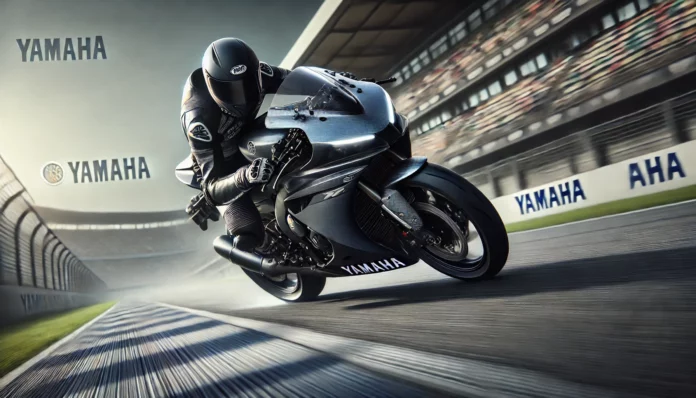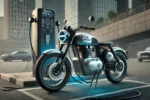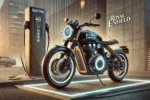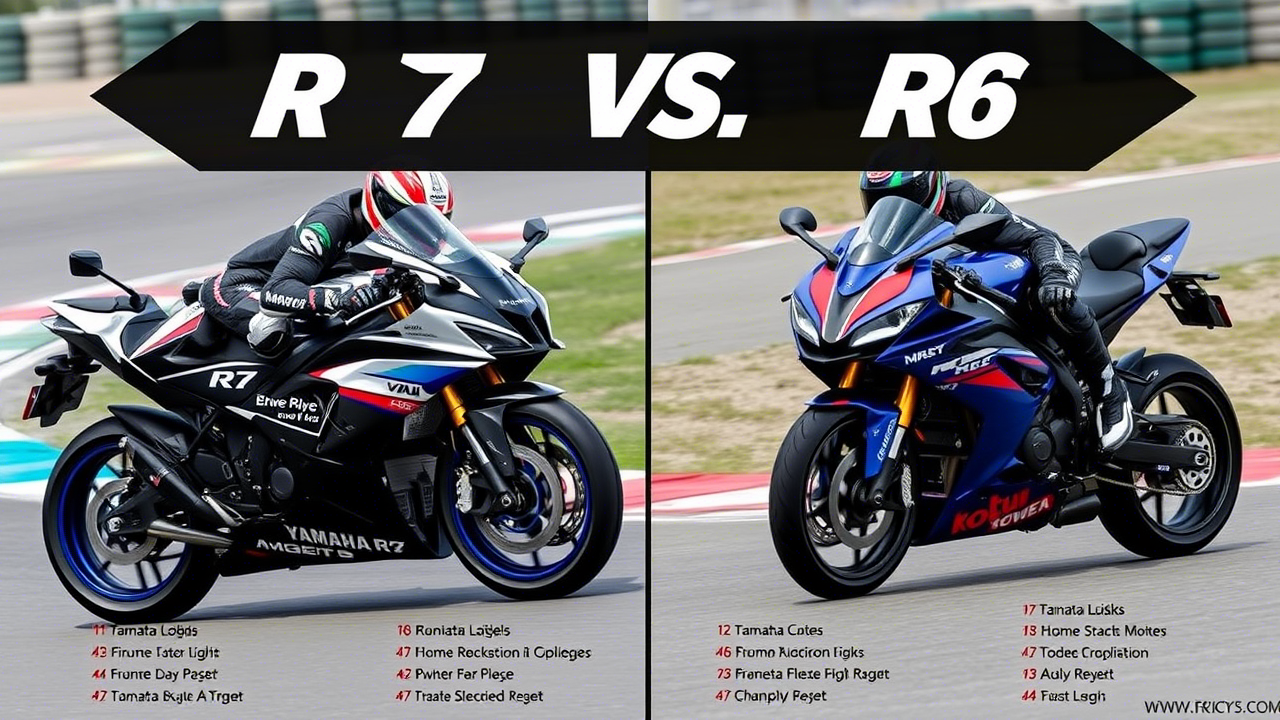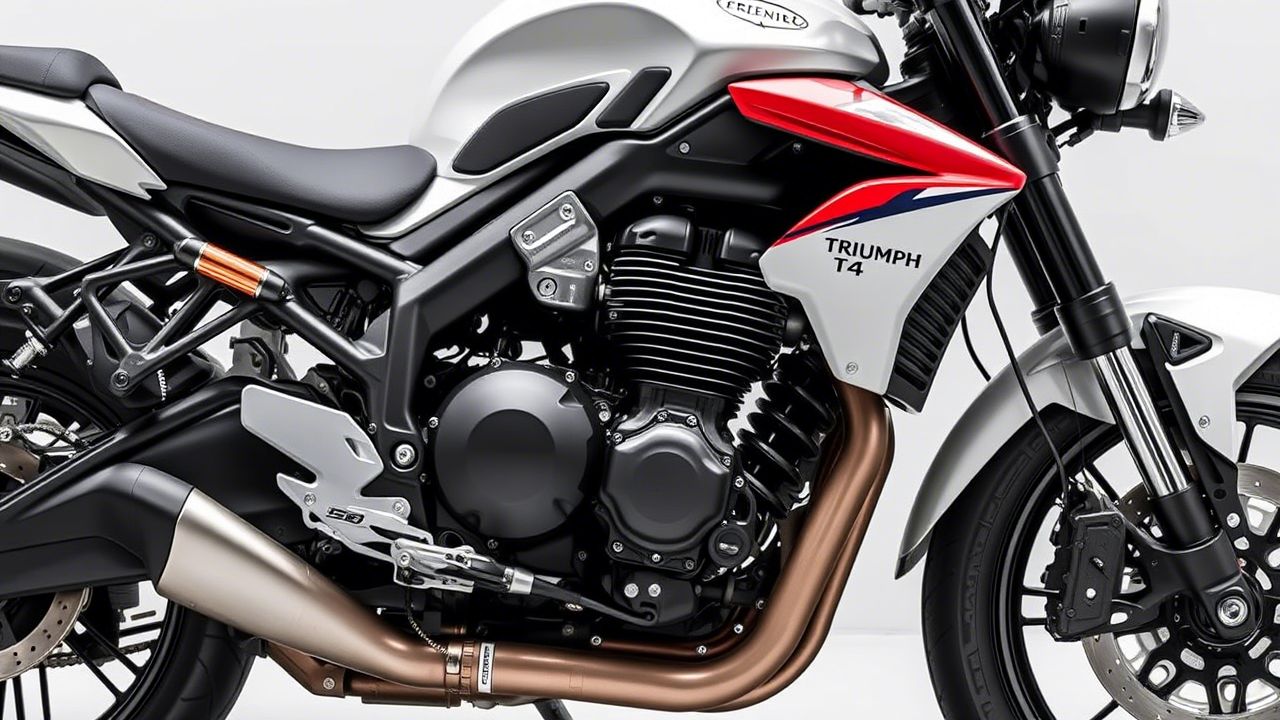The Yamaha YZF-R3 has long been a favorite among entry-level sportbike enthusiasts, but how does it perform on the track in 2025? With refined aerodynamics, improved suspension, and a lightweight chassis, the YZF-R3 continues to prove itself as a competitive machine in the lightweight sportbike segment. Let’s take a closer look at its track performance, key features, and how it stacks up against the competition.
1. Engine Performance & Power Delivery
Smooth and Predictable Power
The 321cc parallel-twin engine delivers 42 hp @ 10,750 rpm and 21.8 lb-ft of torque @ 9,000 rpm. While not the most powerful in its class, the linear power delivery makes it easy to control and keeps the bike manageable on tight corners and straights.
Key Performance Highlights:
- Top Speed: ~110 mph
- 0-60 mph: ~5.5 seconds
- Six-speed gearbox with precise shifting
- Lightweight 375-lb wet weight for improved power-to-weight ratio
2. Handling & Suspension
Precise Cornering Ability
One of the Yamaha YZF-R3’s greatest strengths is its agility. The KYB 37mm inverted front fork and preload-adjustable rear mono-shock offer excellent feedback and stability when attacking corners.
Track-Optimized Handling Features:
- 50/50 weight distribution for balanced control
- Compact 54.3-inch wheelbase for quick directional changes
- Michelin Road 5 tires (stock) or optional Pirelli Diablo Rosso II for added grip
- Upgraded braking system with a 298mm front disc and ABS for controlled stops
3. Aerodynamics & Ergonomics
Improved Wind Protection & Rider Comfort
Yamaha refined the YZF-R3’s bodywork for 2025, drawing inspiration from the YZR-M1 MotoGP bike. The updated fairings reduce drag and improve high-speed stability, making it more competitive on long straights.
Track-Ready Ergonomics:
- Clip-on handlebars for a sporty, aggressive riding posture
- Low-profile windscreen for better aerodynamics
- Lightweight aluminum frame for improved handling
4. Braking & Safety Features
Confident Stopping Power
The YZF-R3’s braking system is designed for both track and street use. While not as aggressive as race-spec setups, it provides reliable stopping power in competitive conditions.
Brake System Overview:
- 298mm front disc with two-piston calipers
- 220mm rear disc for additional braking control
- ABS (standard) for improved safety and confidence
- Steel-braided brake lines (recommended upgrade) for enhanced performance
5. How It Stacks Up Against the Competition
Yamaha YZF-R3 vs. Kawasaki Ninja 400
- The Ninja 400 (49 hp, 399cc engine) offers more power, but the R3’s lighter weight and smoother handling make it an equal competitor in twisty sections.
- The YZF-R3 has a higher redline (12,500 rpm), allowing for a more engaging riding experience.
Yamaha YZF-R3 vs. KTM RC 390
- The RC 390 (44 hp, single-cylinder engine) has sharper throttle response but can be less stable in high-speed sections.
- The YZF-R3’s parallel-twin offers better balance and smoother acceleration.
6. Best Modifications for Track Use
For riders looking to maximize their YZF-R3’s track performance, consider these upgrades:
- Full exhaust system (Akrapovič or Yoshimura) for increased power
- Race-tuned ECU for optimized fuel mapping
- Upgraded rearsets and clip-ons for better cornering ergonomics
- Stickier track tires (like Pirelli Supercorsa SC) for improved grip
Final Thoughts: Is the YZF-R3 a Good Track Bike in 2025?
While the Yamaha YZF-R3 isn’t the fastest in its class, it remains one of the best lightweight sportbikes for riders who value agility, balance, and affordability. Its lightweight chassis, smooth power delivery, and track-ready ergonomics make it an excellent choice for both beginner and experienced riders looking to sharpen their skills on the track.
For those considering a track-day bike or an entry into competitive racing, the YZF-R3’s reliability, affordability, and upgrade potential make it a strong contender in the 2025 market.
Stay tuned for more in-depth reviews and motorcycle performance comparisons!

